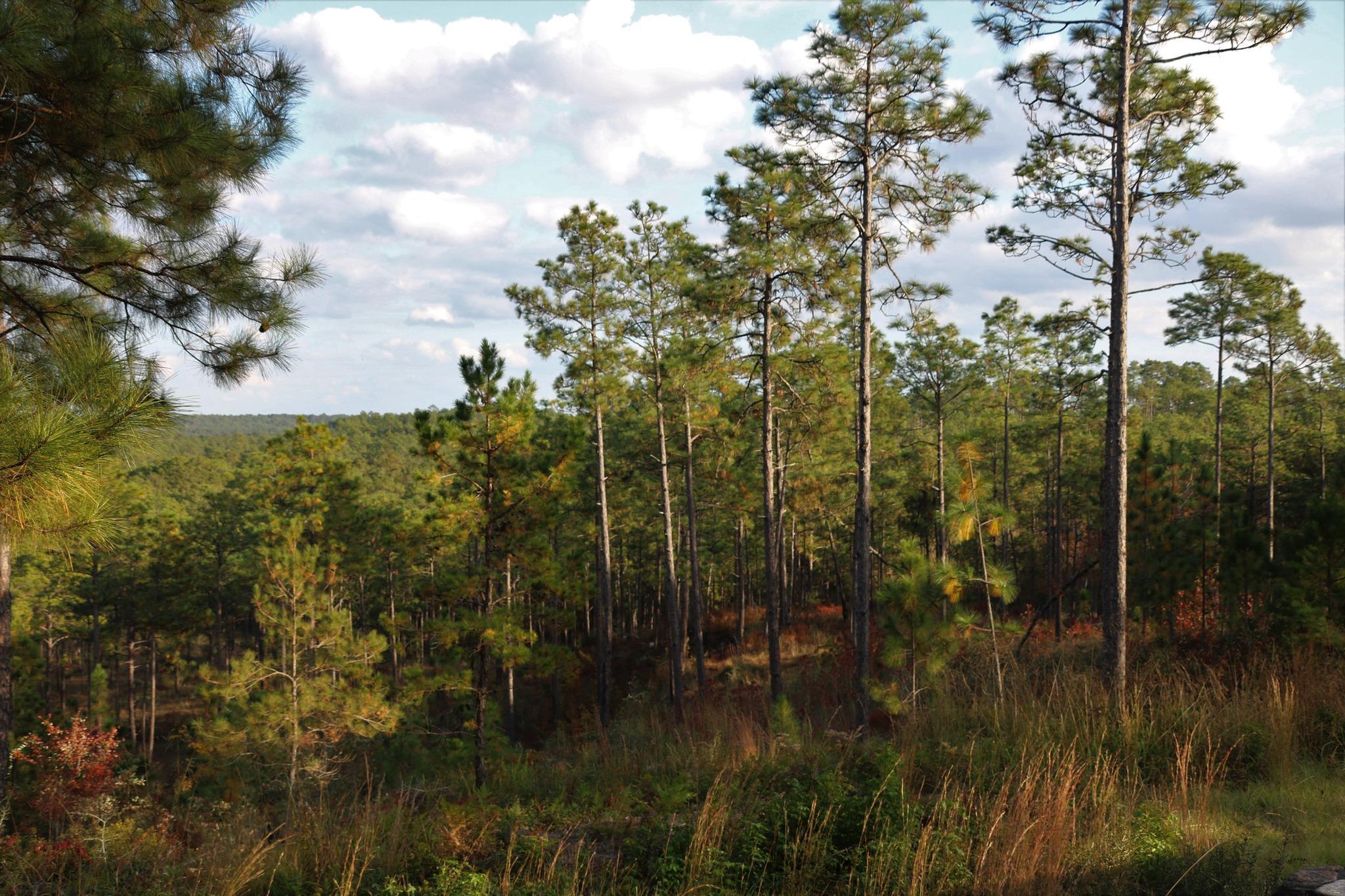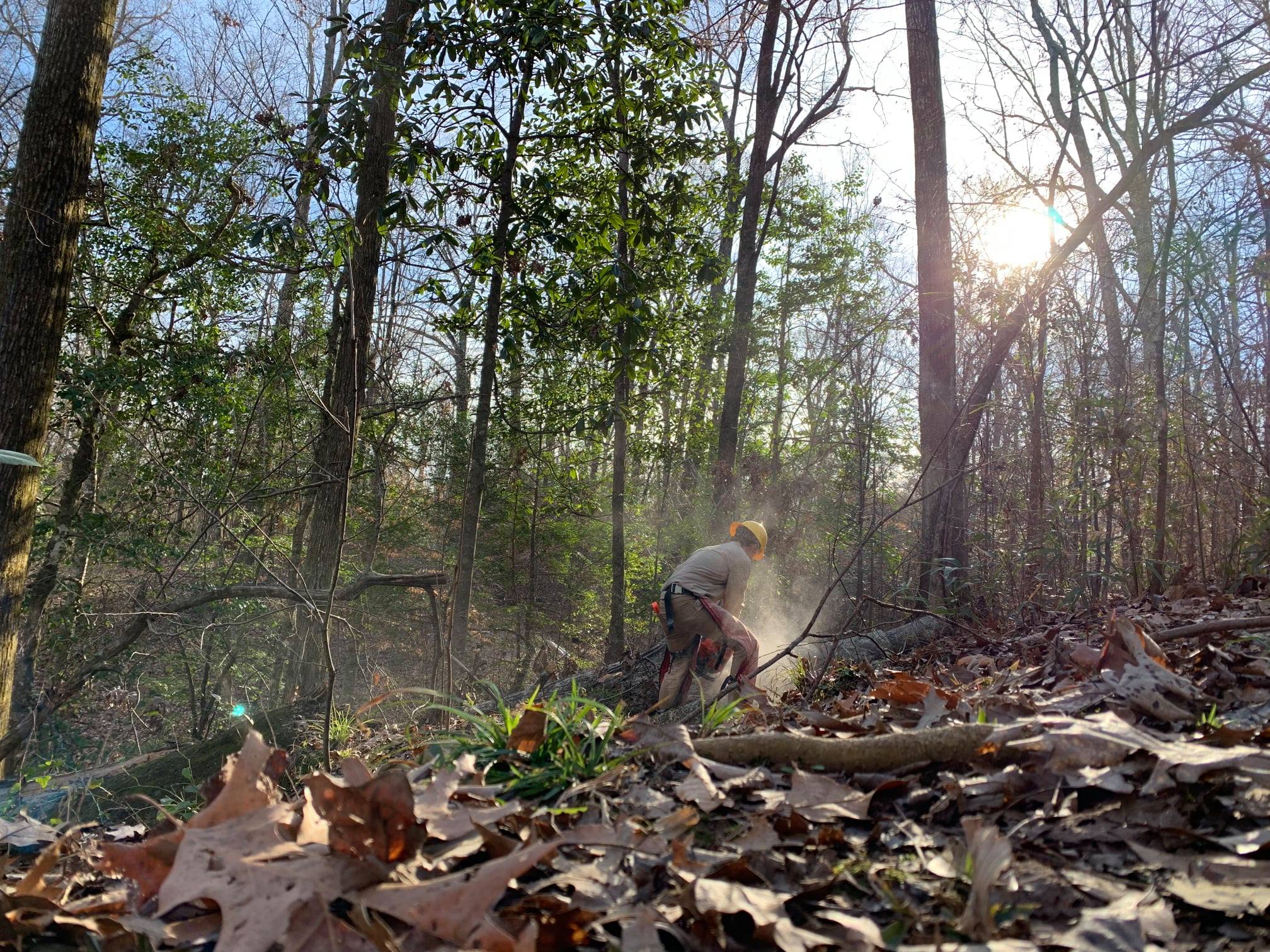Corpsmembers often continue to serve in additional Corps programs once their original term is over. This allows them to live in new areas or continue to develop their skills in conservation and environmental work. After serving with American Youthworks, in Texas and Louisiana and getting to experience projects on various national forests and wildlife refuges, AmeriCorps Alumna Shawnee Sloat-Warren went from a career path in the medical field to conservation. We asked about her journey and where her Corpsmember experience led her.
How long did you serve with Louisiana Conservation Corps? How did you first hear about the program?
I have served for 13-14 months as a crew lead for two crews: field crew and GulfCorps. I heard about Louisiana Conservation Corps (LaCC) through serving as a crew member in Texas Conservation Corps (TxCC). I wanted to continue working in the conservation world and have a chance to live in Louisiana. It was a win-win situation.
Can you tell us a bit about your background? What were you doing prior to the program and what made you want to join?
Before I joined conservation work, I worked as a Certified Nursing Assistant in the medical field. I worked in nursing homes, home health care, hospice, ER, and the liver kidney transplant unit. I wanted to join after having a talk with an ER friend who said that he worked on trails when he was younger and that was his favorite job yet. I was down in the dumps trying to figure out: if I leave the medical field what would I do? I looked into conservation jobs. I applied for the position in Texas and it was the best decision I have ever made.
What projects did you work on while there?
For Louisiana Conservation Corps, we worked on a couple prairie restorations in the Kisatchie National Forest. We’d cut down small trees, like sweet gum and pines, and applied herbicide to the tree stubs. We also did a pitcher plant bog restoration in Kisatchie Forest as well. We’d also cut down trees and shrubs to help make room for the pitcher plants.
For GulfCorps, the projects we helped in were rebuilding a boardwalk in the Cameron Prairie National Wildlife Refuge [along the] Pintail Drive. We also rebuilt boardwalks and a fishing dock in Lacassine National Wildlife Refuge. We planted 21 live oak trees in the Hollister Cheniere Preserve.

Kisatchie National Forest in Louisiana
What were some of your favorite parts about this program? What were some of the challenges?
My favorite parts are being able to work in nature, seeing the animals, and connecting with the work in a way that is so different from anything else. The best part is getting away from the city and the people. I guess some of the challenges can be the crew not getting along or having off days, like craving a certain meal and it is too far away to get the kind of food you want.
What training, resources, and support were you provided through this program?
Wilderness first aid, chainsaw training, and herbicide use. I missed out on the Red Card training, but that is an opportunity as well.
As far as resources and support, the office staff at LaCC is phenomenal, along with TxCC. Those people are willing to try and help in any way they can. As well as the people who you connect with in the field: the forest staff, state park people, and National Wildlife Refuge folks – if you have a question or an idea of where you want go, they will give you the resources or guidance on how to get there. You just have to speak up.
What skills (soft skills, certifications, etc.)did you take from this program?
- Chainsaw S212, chainsaw maintenance, tool maintenance, the knowledge of how trails work, and how water erosion happens then the prevention.
- Soft skills: critical thinking whether with chainsaw, trail work, or crew dynamic.
- Leadership/teamwork
- Problem solving
- Work ethic
- Paperwork
- Handling of conflicting personalities
What was your favorite experience during the program?
Honestly, as cheesy as it sounds, it is getting to work outside in nature. Being able to have lunches under the trees, seeing the animals and the nature views that no one gets to see often, and connecting with your co-workers in a way that creates life-long bonds. Just forgetting who society tells you to be and finding yourself, your passion, your drive, just what makes you…well, you.

A Corpsmember from Louisiana Conservation Corps completing forestry work
What were your original goals for after the program and what resources did the program provide to help you get there?
I want to be a Wildland Firefighter and a Forestry Technician. The job allowed me to network with the right people and apply for and get the job.
What type of work do you do now and how did your Corpsmember experience help you get there?
I work at the Dallas Zoo as a Lead Technician of horticulture. All of my Corpsmember experience has led me here. From the trail work, chain sawing, tool maintenance, tree identification, land restoration. Literally everything that I have done and allowed myself to try has led me into the position I am now.
Why is it important for young people to be involved in this type of work?
I think it is important that young people get involved in conservation work because they can learn how to work, it gets them to push their own boundaries, and opens doors to a different world that they probably didn’t know existed! You also get an [AmeriCorps] education award, which is awesome and useful for when you need it.
What would you say to others who are considering their next steps or a program like this? Do you have any advice?
My advice would be, do it. Take that chance, take that leap of faith, and try something that is totally out of your comfort zone. If you are open minded and willing to allow others to help and guide you in this type of field, the opportunities are endless.
When I started this path, I didn’t expect to stay in it for four years. I didn’t think I would make the friends I did. I got to make amazing memories and have awesome experiences that led me where I am today.





































































